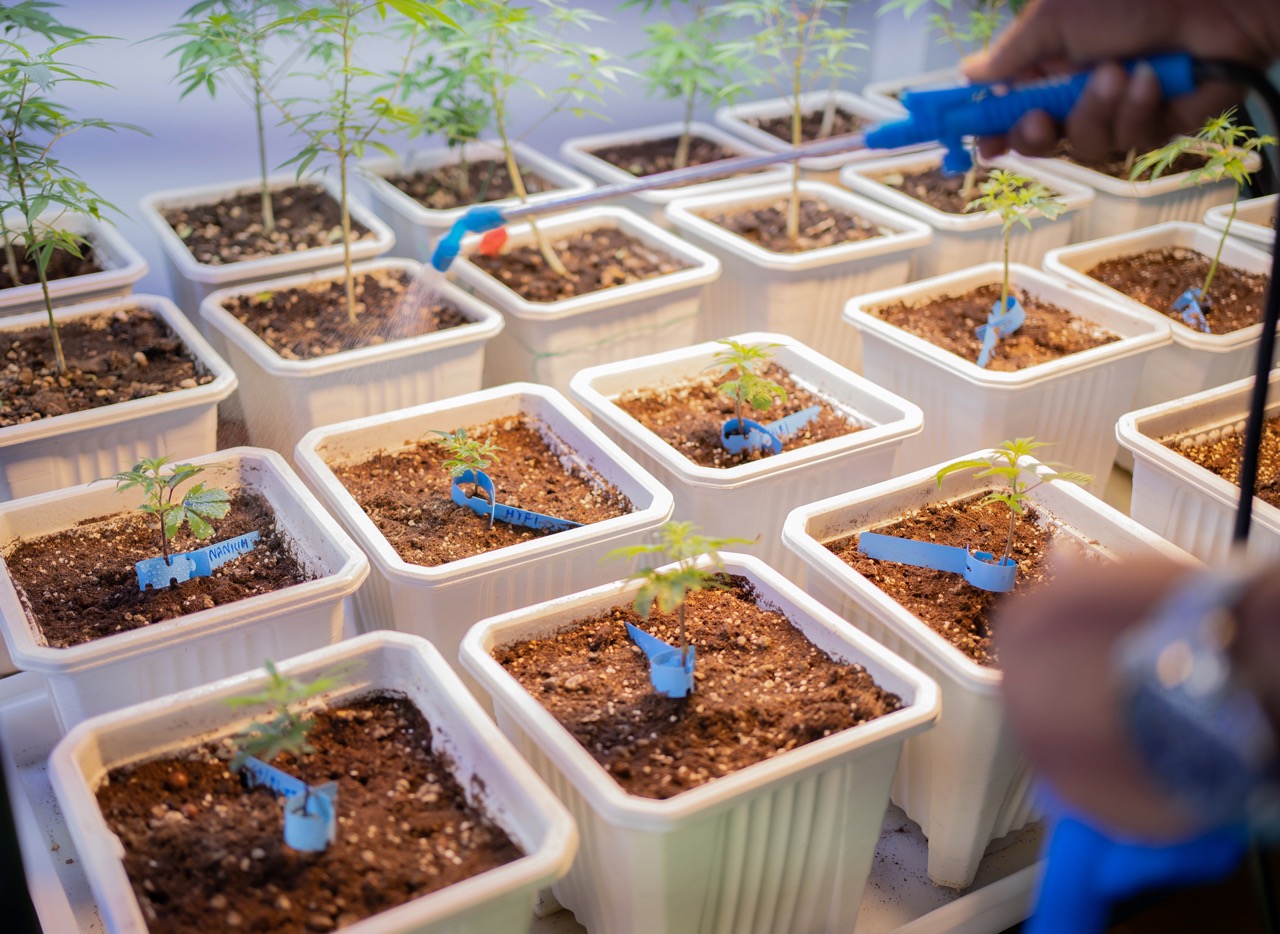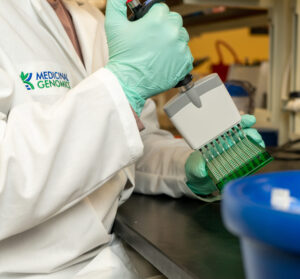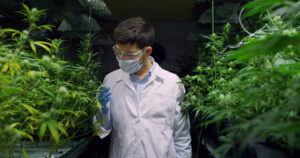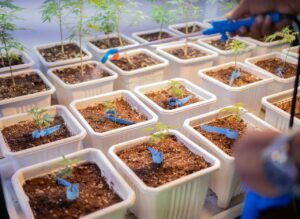Zac’s Background
Zac’s journey into the world of cannabis cultivation began in Colorado, where he developed a passion for the plant. He later moved to California to cultivate cannabis under SB 420 and Prop 215. His experience includes working with Gardening Unlimited, running a hydroponic store, and eventually joining ACW Supply in Denver, where he gained valuable insights into various horticulture practices and integrated pest management (IPM).
IPM is a holistic approach to managing pests and pathogens that combines cultural, biological, and chemical methods. Zac emphasizes the importance of IPM for cannabis growers, focusing on environmentally sustainable practices that prioritize preventative measures to reduce the need for reactive treatments. Compliance with regulatory standards is also crucial, requiring the use of approved pesticides and fungicides safe for consumable crops.
Common Pests and Pathogens
Zac discusses common pests and pathogens that cannabis growers often encounter, including thrips, root aphids, hop latent viroid (HLVd), and powdery mildew. Thrips, which have life stages in both the canopy and soil, require comprehensive treatment. Root aphids are particularly challenging due to their adaptability, while HLVd is a significant pathogen that spreads through mechanical means. Powdery mildew, though common, can be managed with proper environmental controls and treatments.
Applying IPM to Cannabis Cultivation
In his IPM practices, Zac advocates for regular scouting and monitoring, the use of beneficial insects and biological control agents, and maintaining cleanliness in cultivation areas. Preventative measures are preferred, but tailored treatments are necessary for specific pest or pathogen issues. Rotating active ingredients in pesticides is crucial to prevent resistance build-up.
One of the challenges Zac highlights is the need for proper pest identification and the use of appropriate treatments. Understanding and rotating active ingredients in pesticides ensures their effectiveness. He also stresses the importance of staff training, empowering them to identify and report issues early.
Regular testing of plants for pathogens is crucial, and Zac recommends quarantining and testing new plants before integrating them into the main crop. Educating the entire team about IPM practices and keeping detailed logs to track issues and progress are essential components of an effective IPM program.
Zac is excited about future trends in IPM, particularly the increasing use of natural and environmentally friendly products and the development of effective microbial insecticides. Continued research aims to find better solutions for pest and pathogen management.
Discussion Highlights
- Zac’s Background:
- Passion for cannabis cultivation began in Colorado.
- Moved to California to pursue cannabis cultivation under SB 420 and Prop 215.
- Experience working with Gardening Unlimited and running a hydroponic store.
- Transitioned to ACW Supply in Denver, learning about various horticulture practices and IPM.
- Introduction to Integrated Pest Management (IPM):
- Definition: IPM is a holistic approach to managing pests and pathogens that incorporates cultural, biological, and chemical methods.
- Importance: Ensures healthy crops by preventing and managing pest infestations and diseases.
- Why IPM is Crucial for Cannabis Growers:
- Sustainability: Focus on environmentally sustainable practices.
- Preventative vs. Curative: Emphasis on preventative measures to reduce the need for reactive treatments.
- Regulatory Compliance: Use of approved pesticides and fungicides safe for consumable crops.
- Common Pests and Pathogens in Cannabis Cultivation:
- Thrips: Pest with life stages in both canopy and soil; requires comprehensive treatment.
- Root Aphids: Difficult to manage; thrive despite various treatments.
- Hop Latent Viroid (HLV): A pathogen spreading through mechanical means; significant threat to cannabis crops.
- Powdery Mildew: Common but manageable with proper environmental controls and treatments.
- IPM Practices and Recommendations:
- Preventative Measures:
- Regular scouting and monitoring.
- Use of beneficial insects and biological control agents.
- Maintaining cleanliness and hygiene in cultivation areas.
- Curative Measures:
- Tailored treatments based on specific pest or pathogen identification.
- Rotation of chemistries to prevent resistance build-up.
- Preventative Measures:
- Challenges and Solutions in IPM Implementation:
- Identification and Treatment: Importance of proper pest identification and using the right treatments.
- Active Ingredients: Understanding and rotating active ingredients in pesticides to ensure effectiveness.
- Staff Training: Educating and empowering staff to identify and report issues early.
- Innovations and Future Trends in IPM:
- Natural Products: Increasing use of natural and environmentally friendly products.
- Microbial Insecticides: Development of effective microbial insecticides.
- Continued Research: Ongoing research to find better solutions for pest and pathogen management.
- Testing and Protocols:
- Regular Testing: Advocating for regular testing of plants for pathogens.
- Quarantine Practices: Quarantine and test new plants before integrating them into the main crop.
- Cultural Practices in IPM:
- Team Education: Importance of educating the entire team about IPM practices.
- Record Keeping: Keeping detailed logs and records to track issues and progress.
Flagging System: Use of flagging systems to indicate problem areas without verbal communication.
Zac’s book provides valuable resources for learning more about IPM in cannabis cultivation. He encourages listeners to stay informed and implement effective IPM practices to ensure healthy and sustainable cannabis crops. For more detailed insights and practical tips, listeners are encouraged to watch the full podcast episode here.








